|
What is a disc bulge? Did you know that almost 80% of the global population experience an episode of low back pain at some point in their life, with degenerative disc disease and lumbar disc herniation (disc bulge) being the most common. A disc bulge is also known as a bulging disc, slipped disc, or disc protrusion and is a condition during which a nucleus pulposus is displaced from intervertebral space. This can happen in the lumbar (low back), thoracic (mid back) or cervical (neck) spine. Here, the side and cross sectional views of a herniated disk are shown. In a herniated disc the soft, jelly-like centre of the disc can push all the way through the outer ring (source). This can cause pain, and may or may not press on the adjoining nerve, which can cause pain to travel down our thigh or leg, and even down to the inside or outside of our feet. Should I be concerned, will my disc bulge get better? Most occurrences of a bulging disc (disc herniation) resolve with conservative treatment and resolve within as little as two to eight weeks. 85 to 90% of cases will resolve within this time-frame and without substantial medical intervention. It can be scary when you have back pain, or have been informed you have a bulging disc, but there is really good evidence to show that it will get better, without the need for surgery. Disc Bulges - a normal part of ageing process?? Recent evidence has found that disc bulges and degenerative back conditions are a normal part of ageing, just like grey hair and wrinkles on your skin. We should not fear them as being a life sentence, rather just a normal part of life. Furthermore, they don't always result in pain. The study below shows that when 20 year olds WITHOUT back pain were scanned, 37% of them had disc degeneration, and 30% of them had a disc bulge. However, with increasing age, this number continues to increase, and in our 60's 88% of people WITHOUT BACK PAIN were shown to have disc degeneration, and 69% WITHOUT BACK PAIN shown to have a disc bulge. What should I do? Listen to your body and stay as active as you can within your own pain limits. You may find paracetamol helpful in settling your pain in the initial stages. You may find that sitting is better than standing, or vice versa, or standing and arching your back a little, or maybe even laying down and swaying your bent knees gently from side to side. Whatever movement you find that is comfortable for you, and your pain remains below a 2 out 10, continue to do. As your back starts to feel better you may be able to go for some walks, or extend your walks. Backs love movement, and the latest research now tells us that rest is not the best remedy. Deep breathing has also shown to be beneficial in relaxing the musculature of the back, helping to decrease pain. What are the long term solutions for disc bulge and back pain? Following on from the initial recovery phase, an essential part of helping back pain is strengthening and this is what Exercise Physiologists are the experts at! If we can help to strengthen your back, it is less likely that physical load will irritate it, this means that you have a decreased chance of recurrence and less severity of symptoms of future episodes. We now know that pain is multifactorial, this means there are multiple aspects that affect our pain, including psychological and social stressors, nutrition, sleep and physical aspects. We can help to assess your pain and help you to understand your pain, and the things you can do it decrease pain, and improve your strength to help you to live an active life. Discs respond to load and like getting stronger, just like muscles. It has been found that in people who run or lift weights, that their discs are stronger, fatter and healthier!! What a great reason to exercise!! We'd love to help you with your back pain!! Please get in touch or book online to book with an Exercise Physiologist who has a modern and evidenced-based approach to disc bulge and back pain.
0 Comments
Regular stretching enables muscles to maintain flexibility, strength and overall health. This promotes a full range of movement at our joints and reduces the chance of muscles becoming tight and shortening. This can decrease the strength of the muscle and reduces the muscles ability to fully lengthen and extend when needed. That increases the risk of joint pain, muscle damage and strains. How do I start stretching?
 Child’s Pose = Start by kneeling on the ground with your knees and feet together. Reach your arms out long in front of you and lower your chest to your knees and your head to the ground. Try and reach as far as possible whilst simultaneously reaching your bottom back to your sit on your heels. Think about elongating your spine as much as possible. 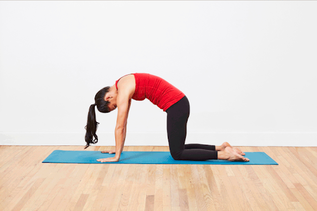 Cat and Cow Stretch = Start with all fours on the ground, your knees sitting underneath your hips and hands underneath your shoulders. Begin arching your spine up towards the ceiling by tucking your tail bone between your legs and folding your neck so that your head is between your arms, looking back towards your knees. Then switch the pose to curve the spine inwards and turn your tail bone up towards the ceiling and move your head to look up and straight ahead. Continue to move through spinal flexion and extension. 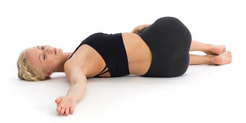 Hip Twist = Lie on your back with your knees bent and feet on the floor, and move your arms out wide to also lay on the floor. Keeping your knees and feet together try moving your knees over to the left of your body whilst turning your head to look out towards your right arm. Then switch this movement to move your knees to the right of your body and turn your head over towards your left arm. Continue to move from side to side. 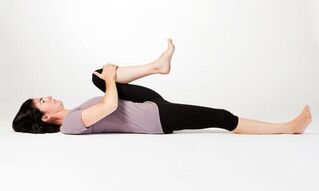 Knee to Chest Stretch = Lie on your back with both legs extended out straight. Keep your left leg straight and draw your right knee in towards your chest, interlocking your hands behind your thigh or at the top of your shinbone. Switch legs extending your right leg back out and pulling your left knee into your chest. Focus on lengthening through your spine and avoid lifting your hips. Disclaimer – These exercises are a guide only. If you have any pre-existing injury or pain please consult your local practitioner before trying at home. Aleisha Michael Accredited Exercise Physiologist 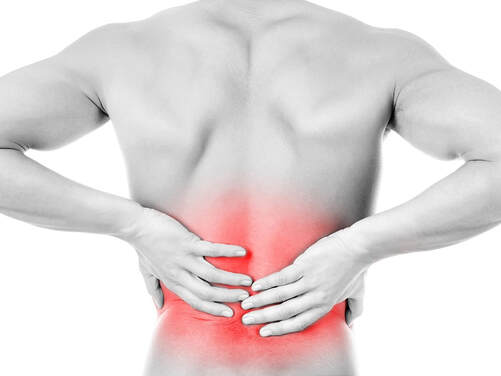 Low back pain is very common with approximately 80% of Australian adults experiencing at at least one episode of low back pain during their lifetime. For most people low back pain is not caused by a serious problem and will resolve with some routine care and exercise. Occasionally low back pain can be caused by serious disease or damage to the tissues of the back. If you are experiencing any of the following symptoms, you should seek advice from a health care professional as soon as possible:
How can we manage low back pain? If you simply have low back pain without any other issues, then your pain is likely to be ‘uncomplicated low back pain’ that will improve. You may find that a heat pack, certain posture positions, and perhaps surprisingly to some, staying as physically active as possible helps you to manage your low back pain. How Should I Stay active? Exercise is great medicine for lower back pain, with no specific type being found to be superior. Many people believe that core strengthening and pilates type exercises are the best, and while the research shows that these exercises are beneficial for low back pain, they have not proven to be better than other general forms of exercise. The takeaway message from this is: - stay as active as you can, with an exercise you enjoy and feel comfortable with, allowing for the restrictions in movement that may come with pain. Examples are:
If you don’t exercise regularly, an episode of low back pain may be your prompt to start! Walking, swimming and cycling allow people with low back pain to become active and stay active. Some forms of dancing, yoga and tai chi are popular too. The bonus of staying active is that it prevents loss of physical fitness, muscle strength and cardiorespiratory function or deconditioning. Staying active, even if at a reduced volume and intensity whilst you are experiencing low back pain, helps you ensure that other aspects of your health do not decline too. After the initial phase of staying active,how can we progress to keeping pain free? In the initial phase when you may have had severe low back pain, we use exercise to stay active and maintain mobility. After the initial phase, and once pain has reduced the goal is to get you better and stay that way. As your low back pain reduces, you can increase your program of preferred exercise to include ‘graduated training’ and specific exercises that increase your range of spinal movement and strengthen the trunk and abdominal muscles. There is moderate evidence that undertaking exercise at this post-back pain stage can help prevent another episode of low back pain, and that is really important for quality of life. Graduated training means a program that becomes increasingly more difficult. An example is that if you were staying active by walking, to gain further health benefits you now need to walk further, or faster, up hills or carry weights. Increasing and maintaining range of movement is also important to maintain movement in your back, and exercises like tai chi, yoga, and general stretching exercise at home can be included. Strengthening exercises are also important, working the small muscles of the lower back, extending to larger muscles including upper and lower body exercises. Again these need to be graduated, progressively increasing the difficulty and load. We suggest seeking help from your Exercise Physiologist or Physio to help you plan and progress appropriate exercises for your return to full recovery and beyond. Lisa Parkinson Accredited Exercise Physiologist |
AuthorSLisa Parkinson Archives
March 2024
Categories
All
|


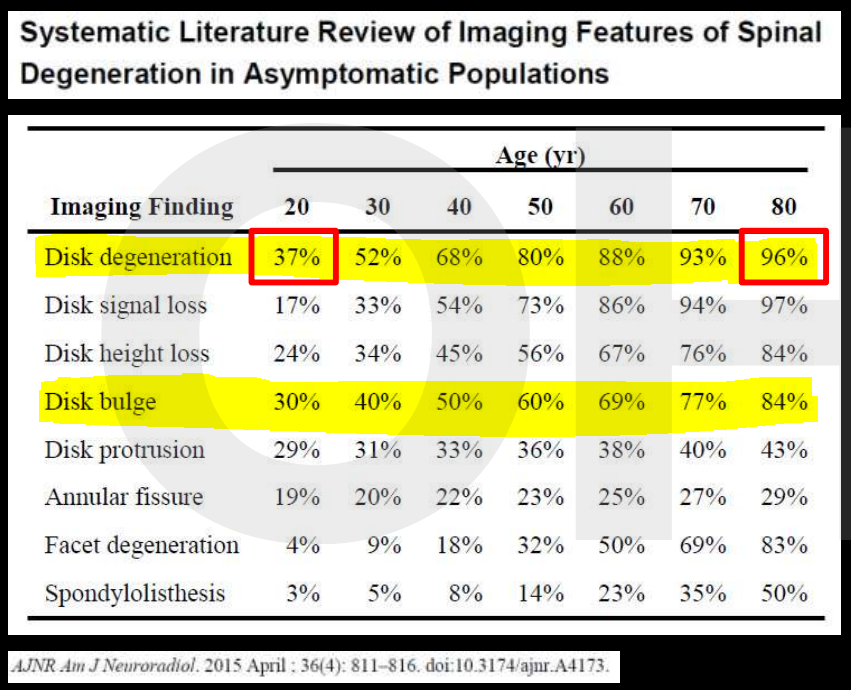
 RSS Feed
RSS Feed